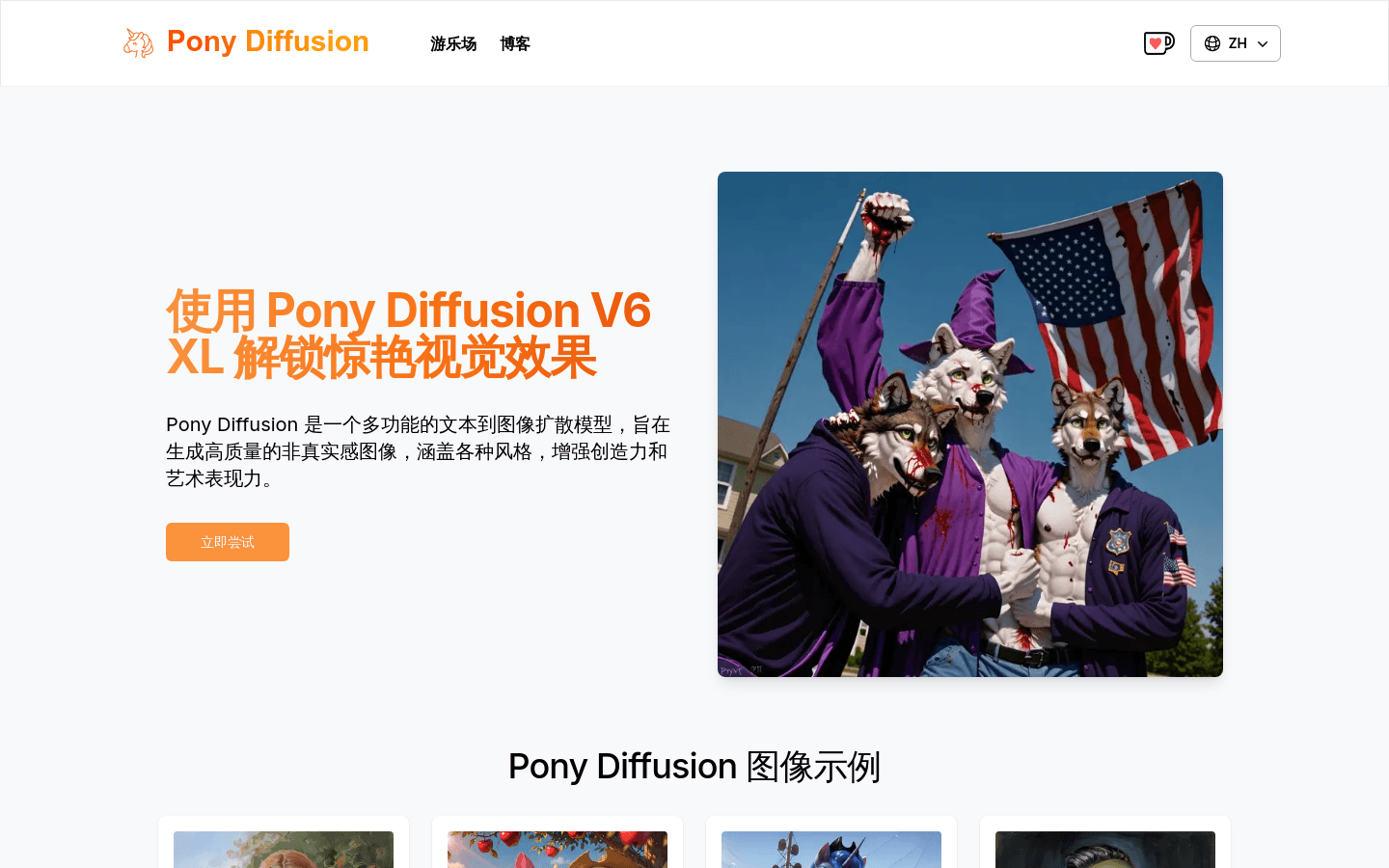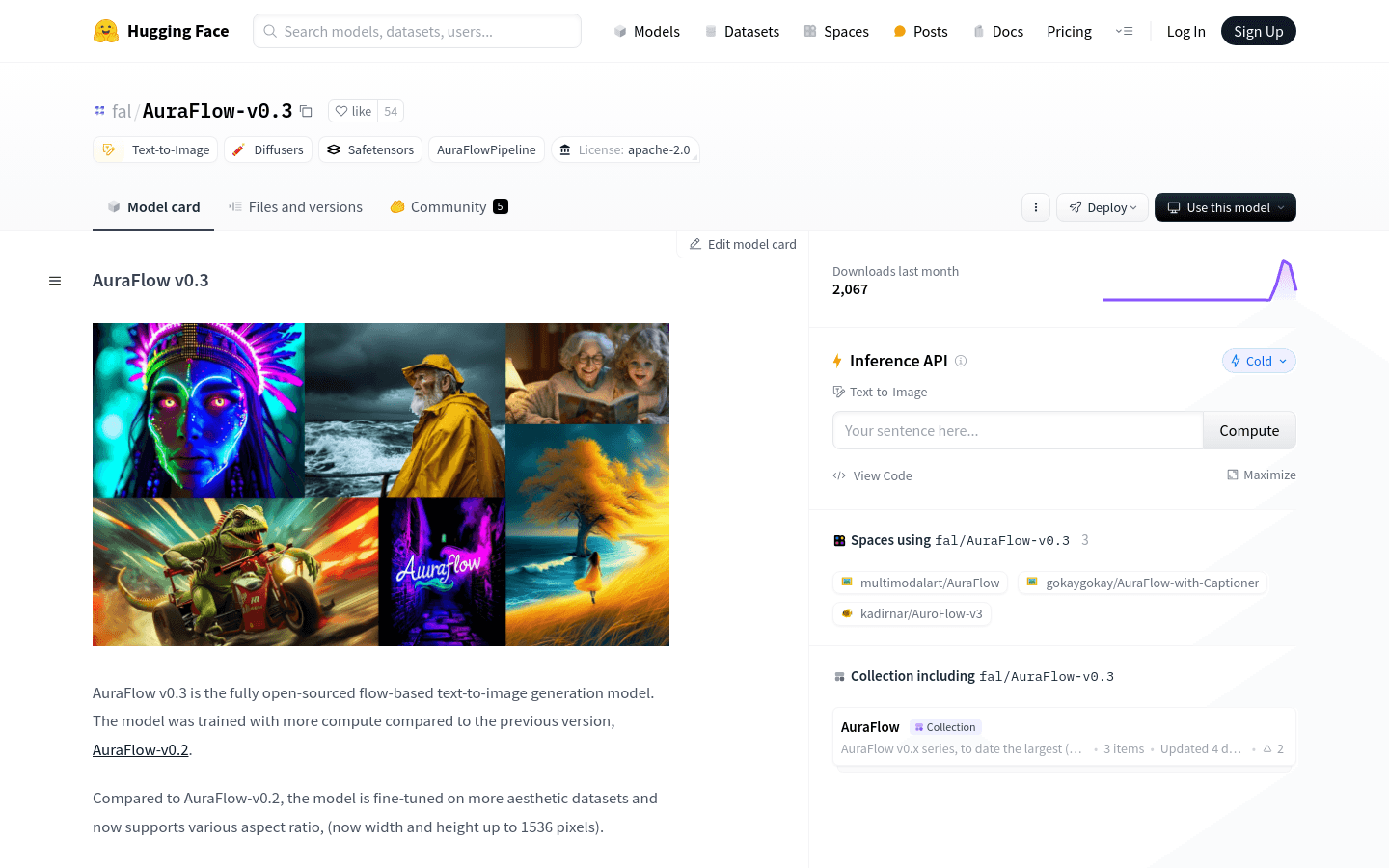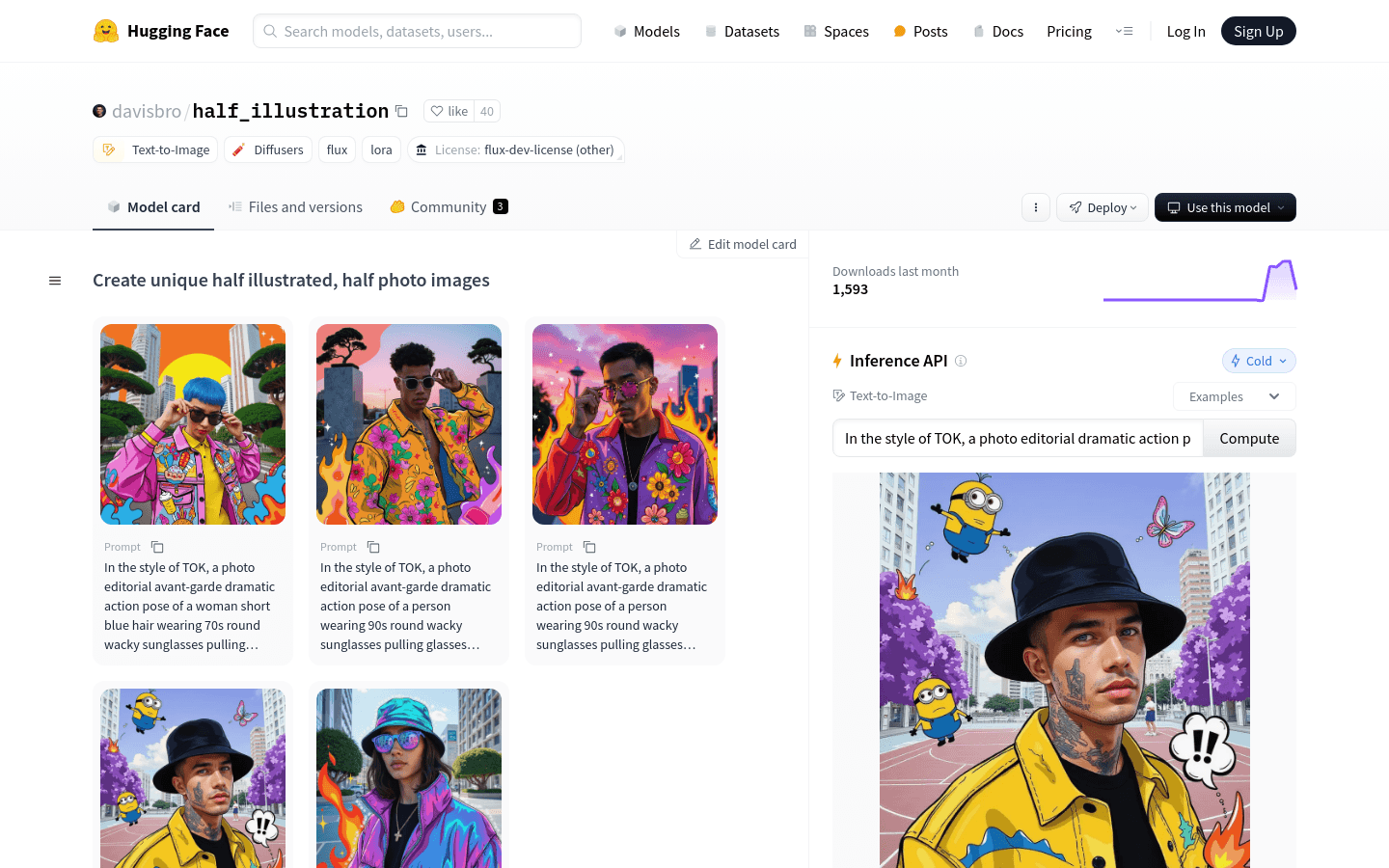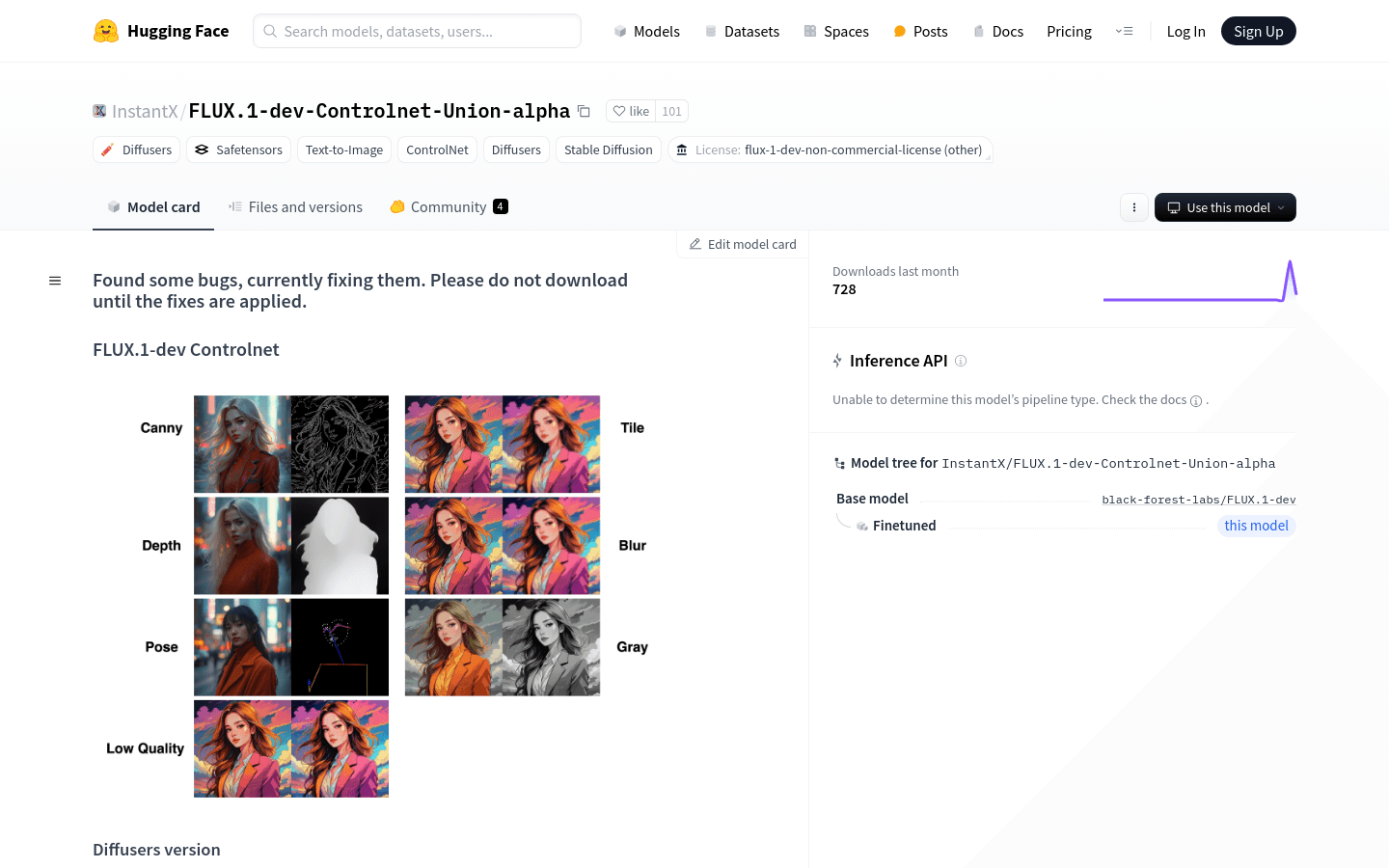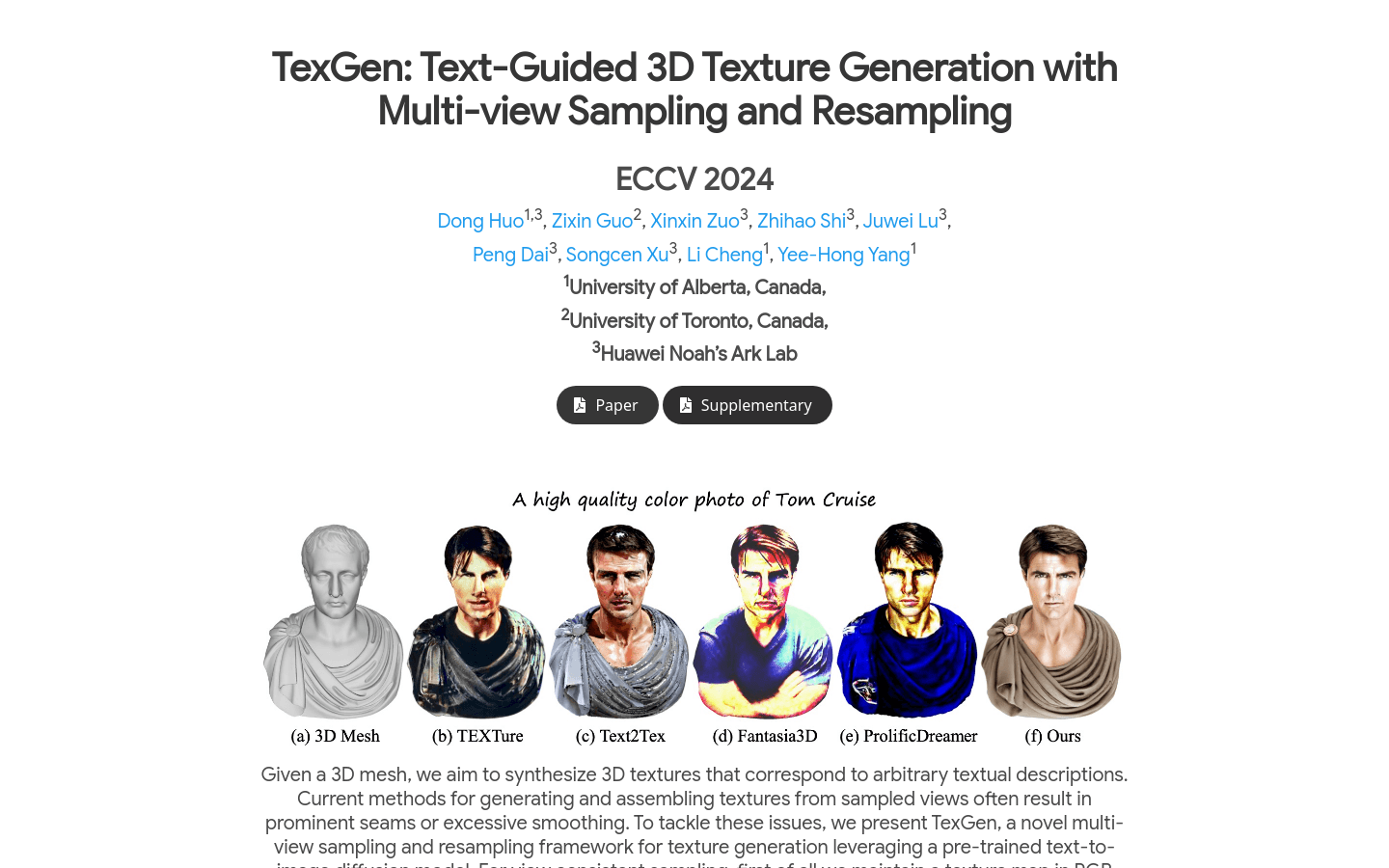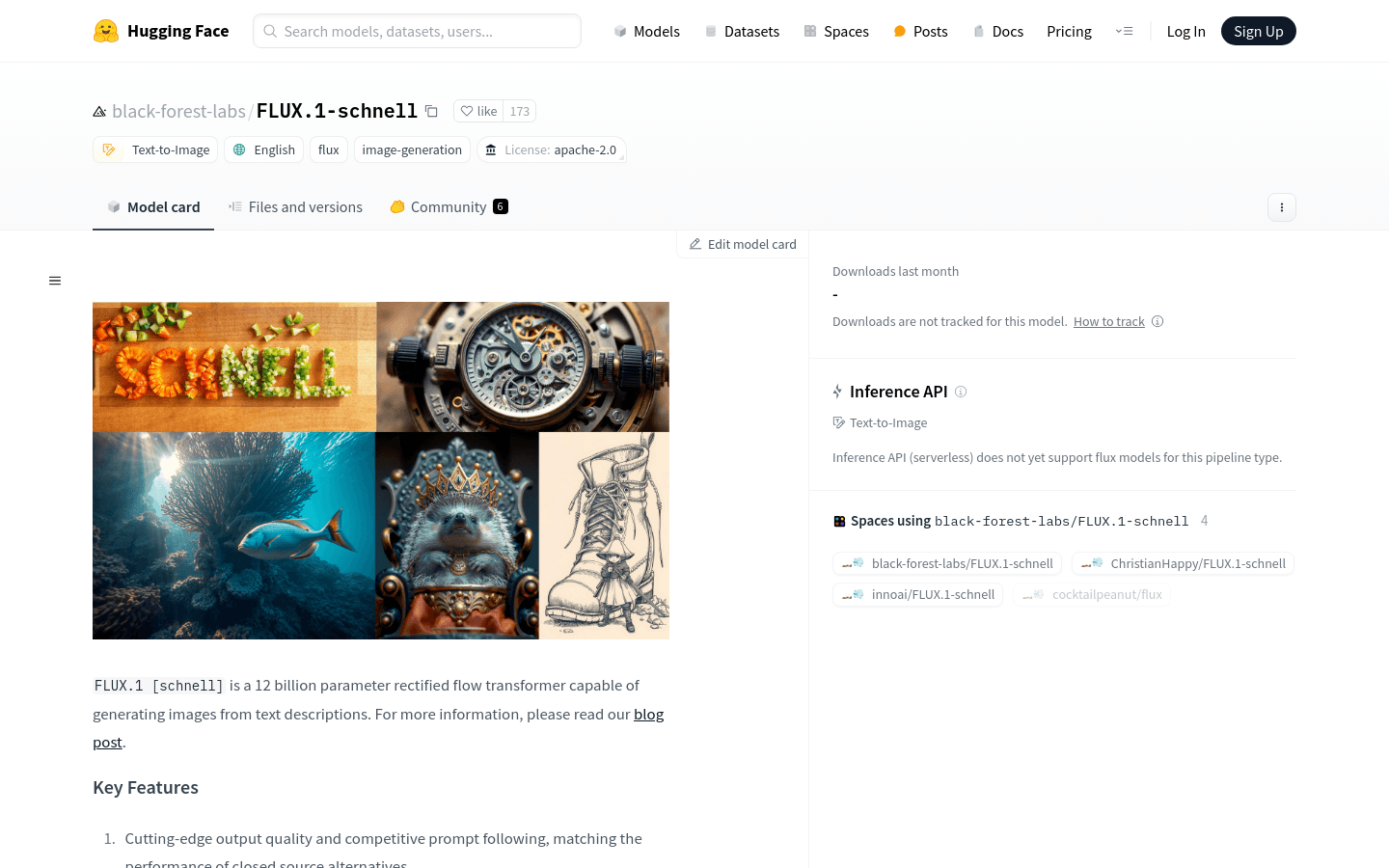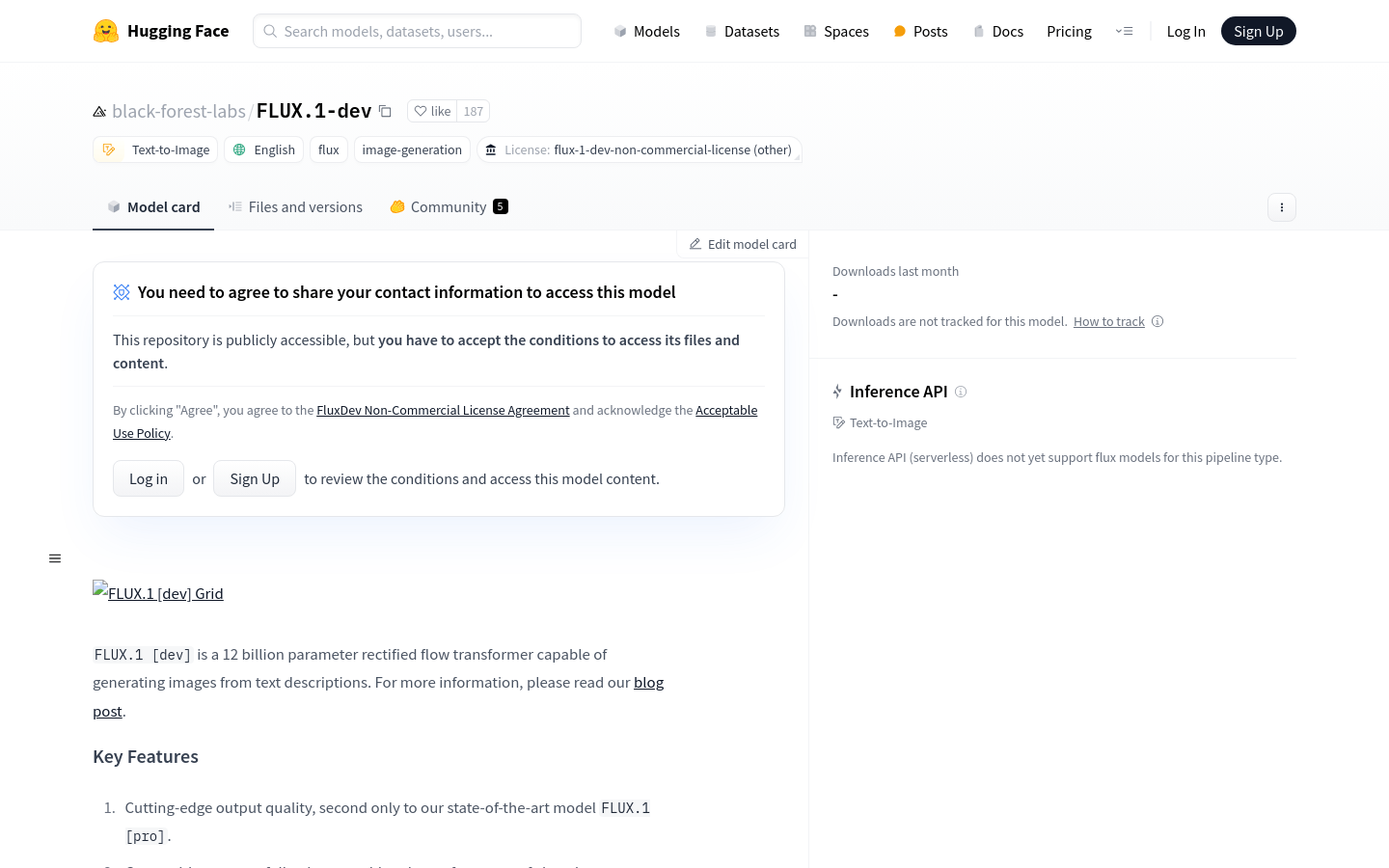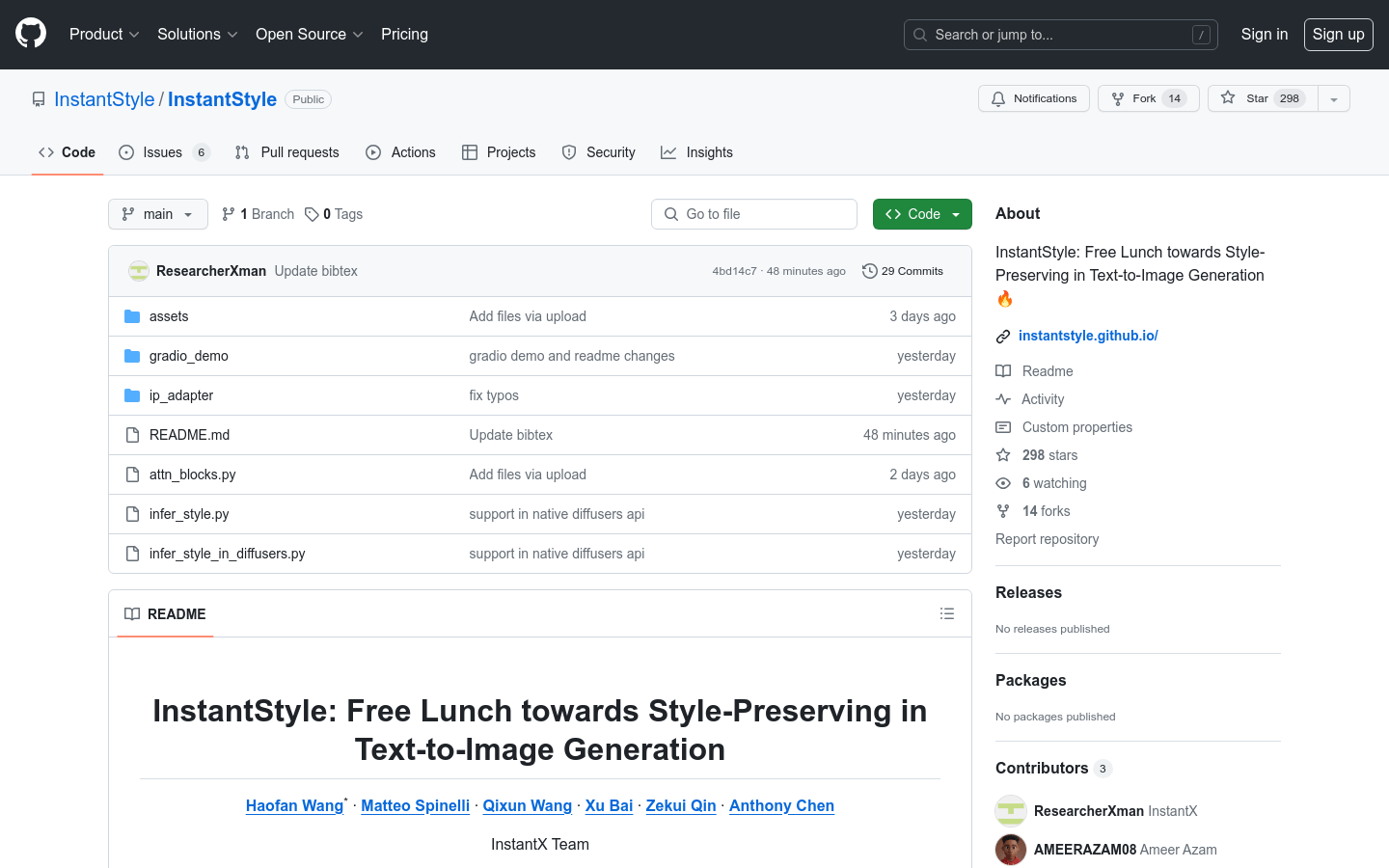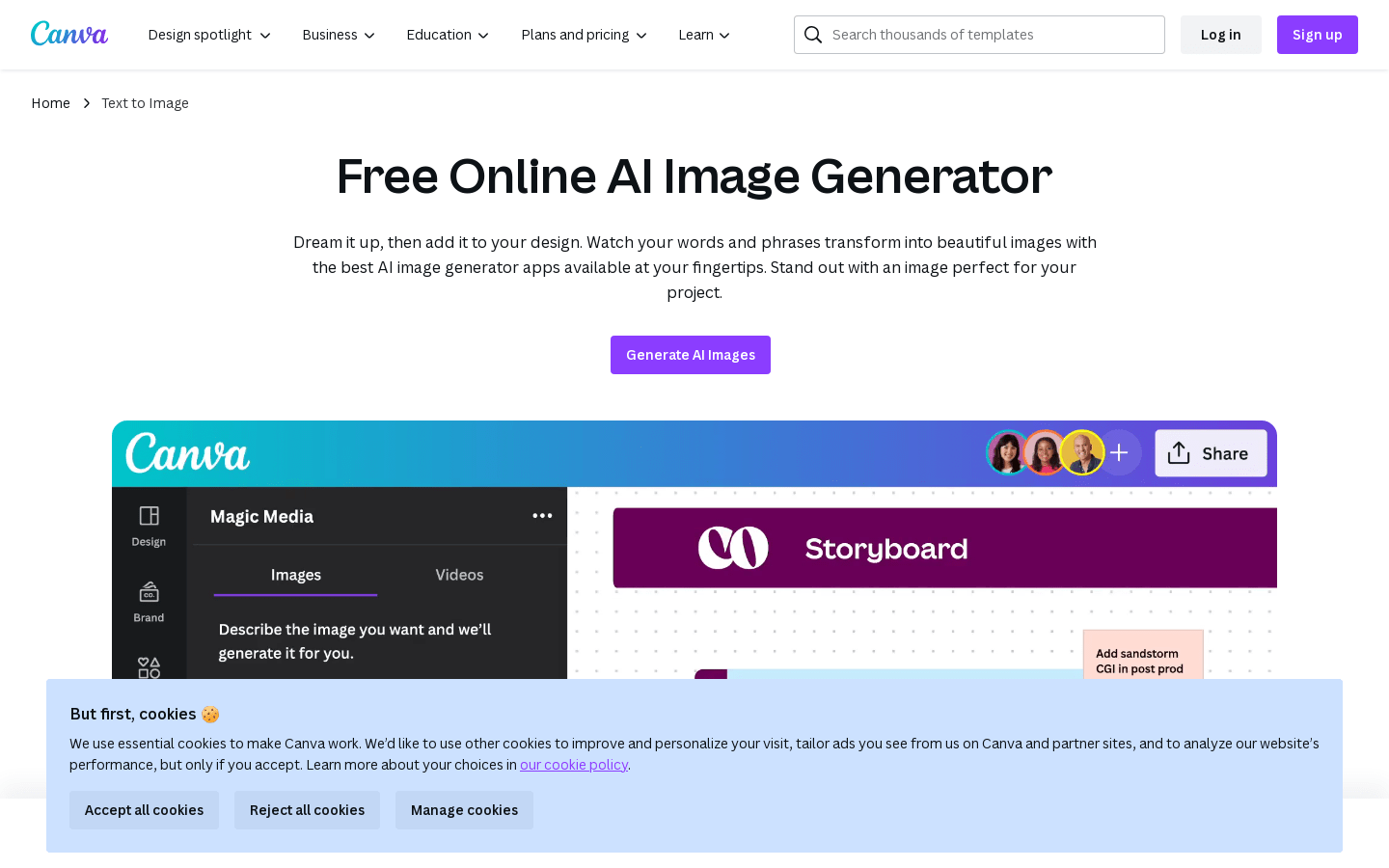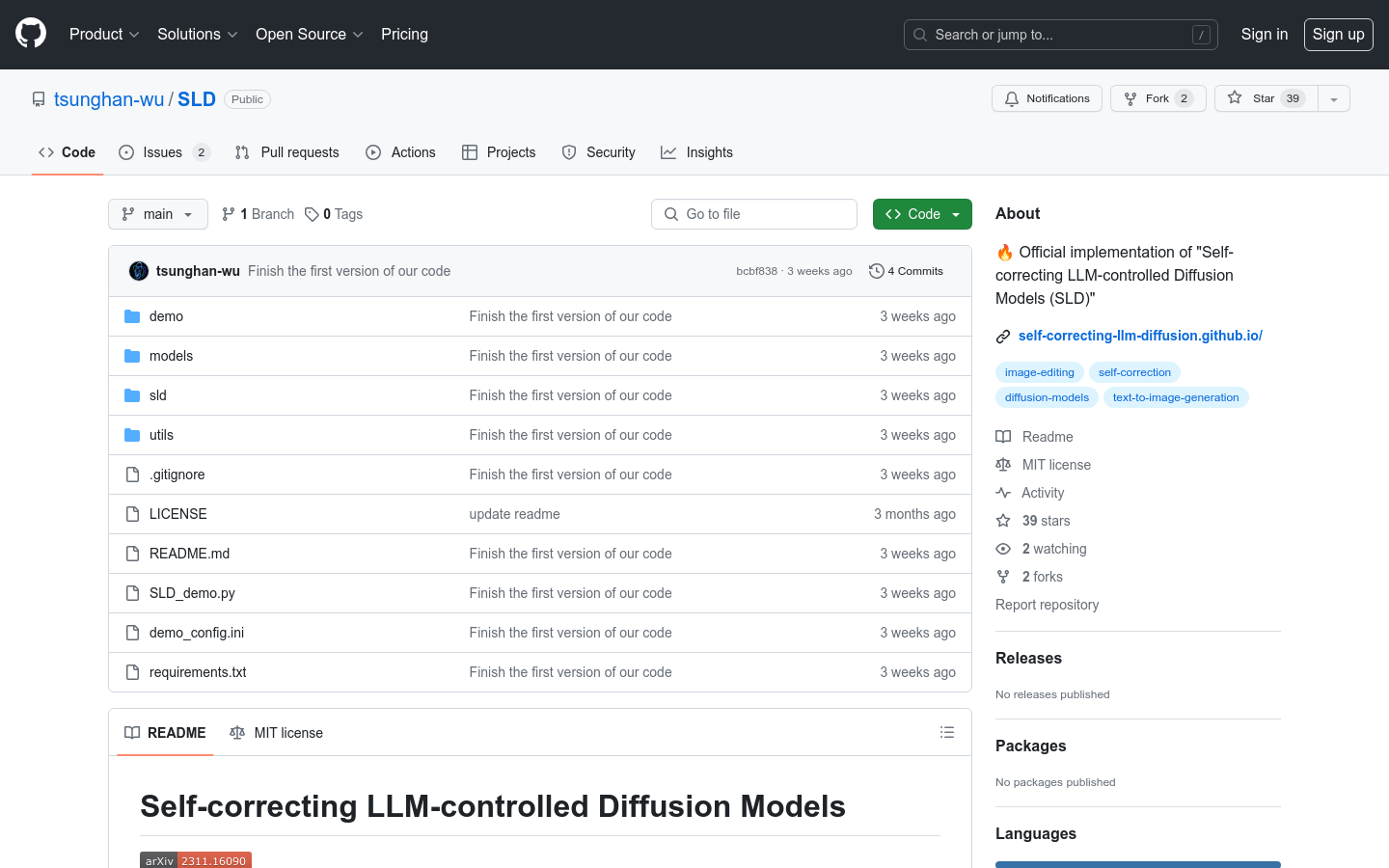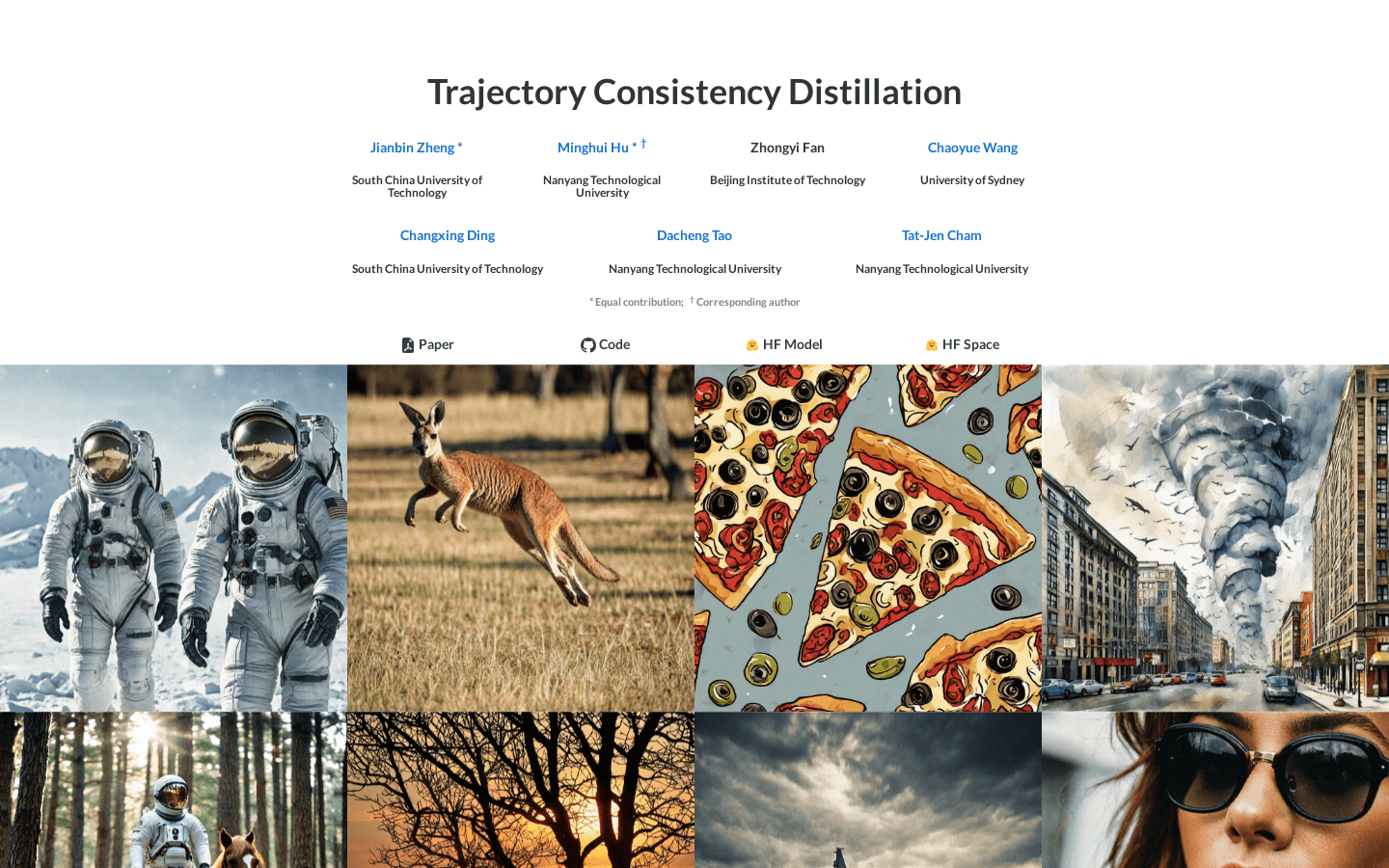Tag: text to image
Found 120 related AI tools
#text to image
Tag Tool Count: 120
Total Products: 100
Related Tags
AI (4556)
Artificial Intelligence (2992)
automation (1202)
image generation (690)
AI assistant (651)
natural language processing (637)
Open source (633)
social media (599)
personalization (589)
machine learning (559)
image processing (551)
chatbot (547)
data analysis (536)
educate (517)
content creation (510)
productive forces (457)
chat (423)
design (390)
creativity (365)
Multi-language support (365)
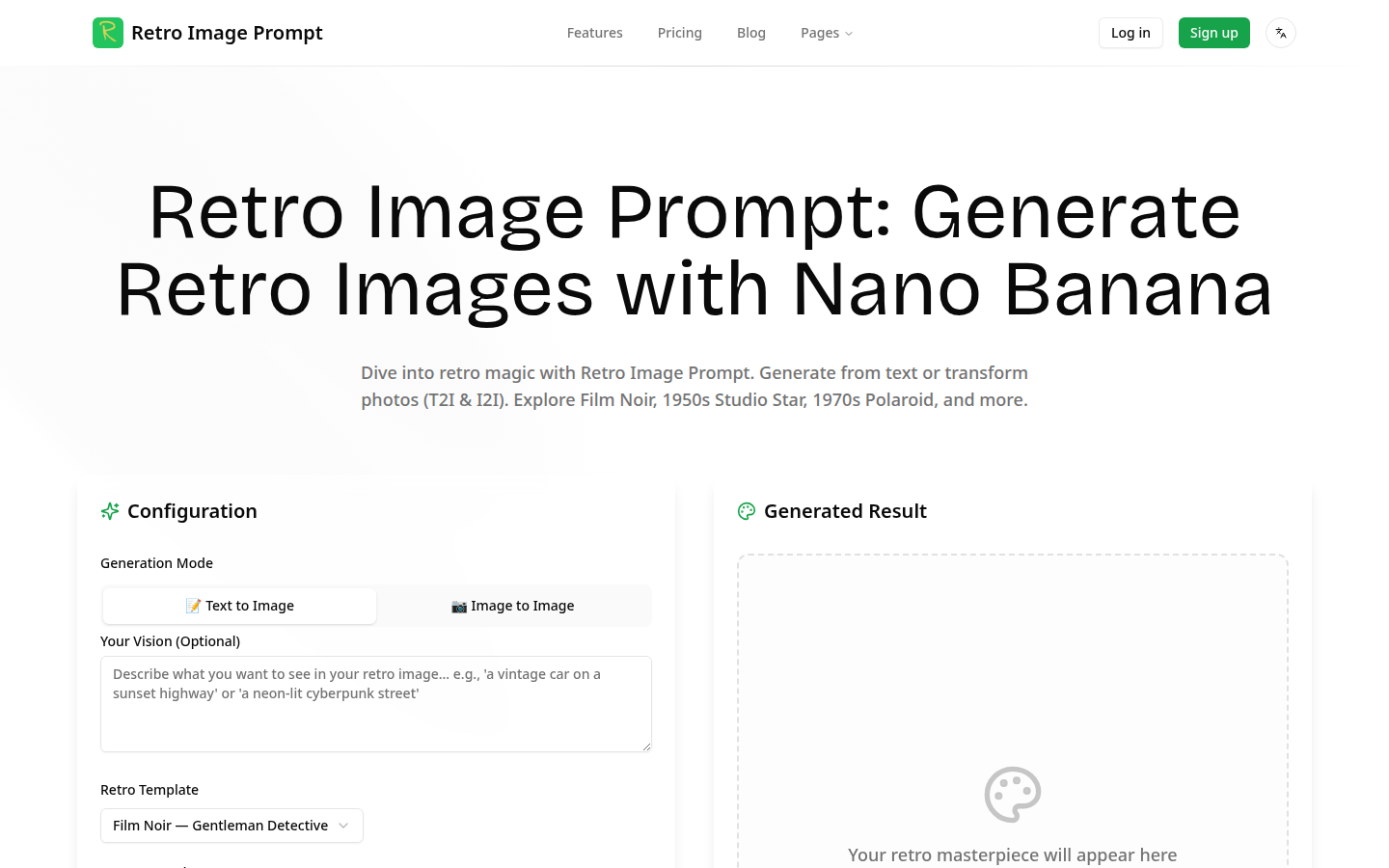

![FLUX.1 Krea [dev]](https://pic.chinaz.com/ai/2025/08/01/25080110475283667344.jpg)
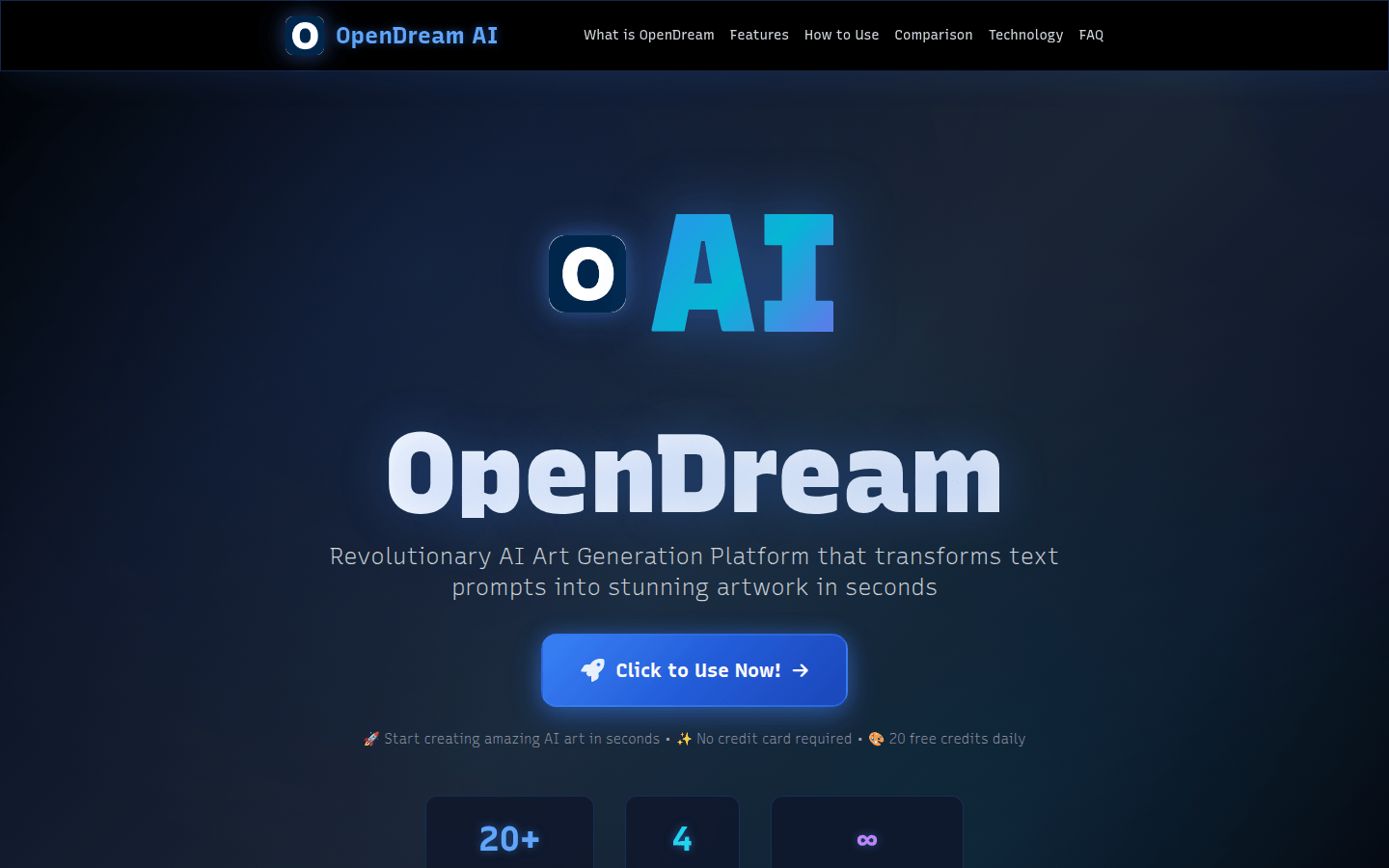


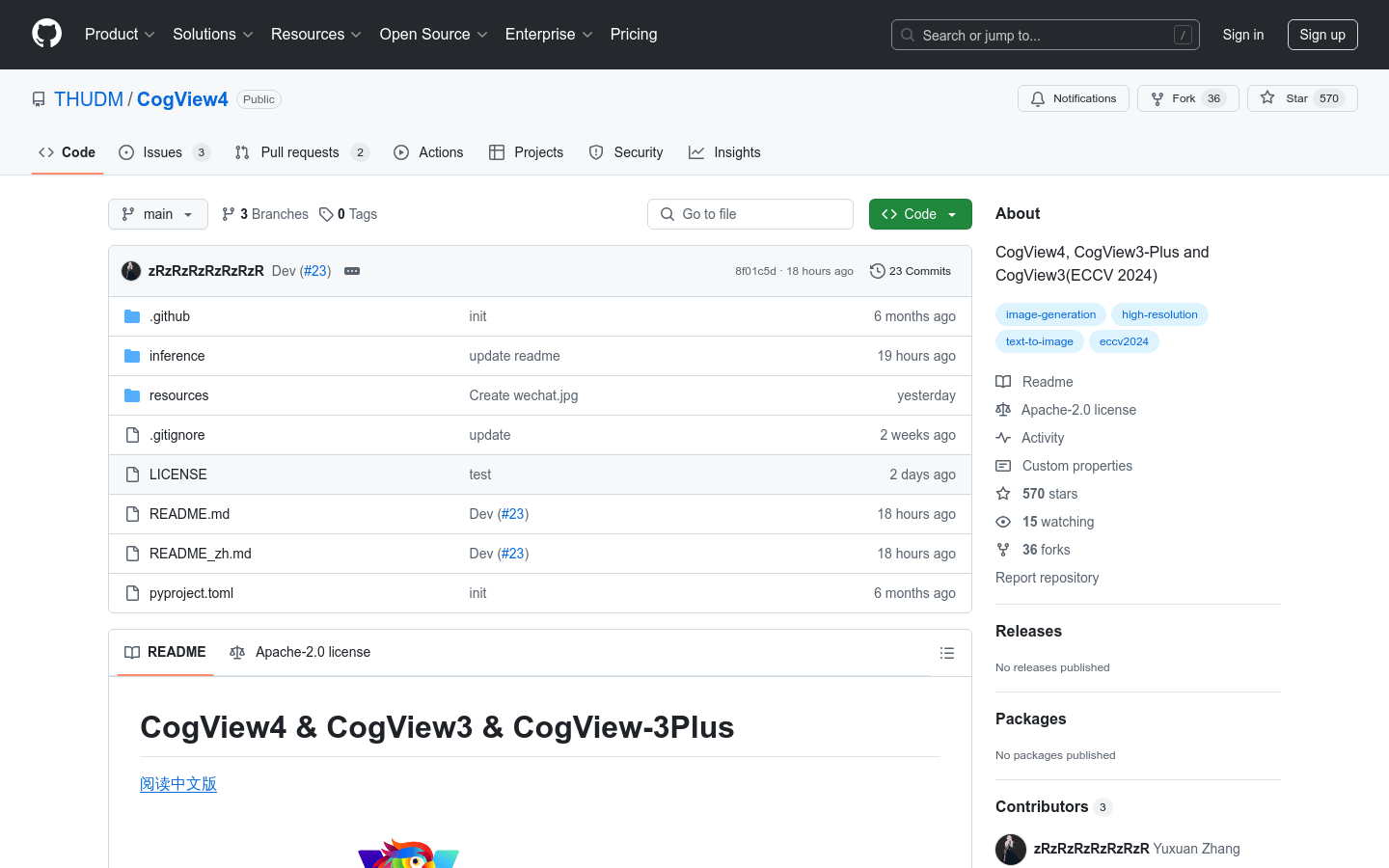




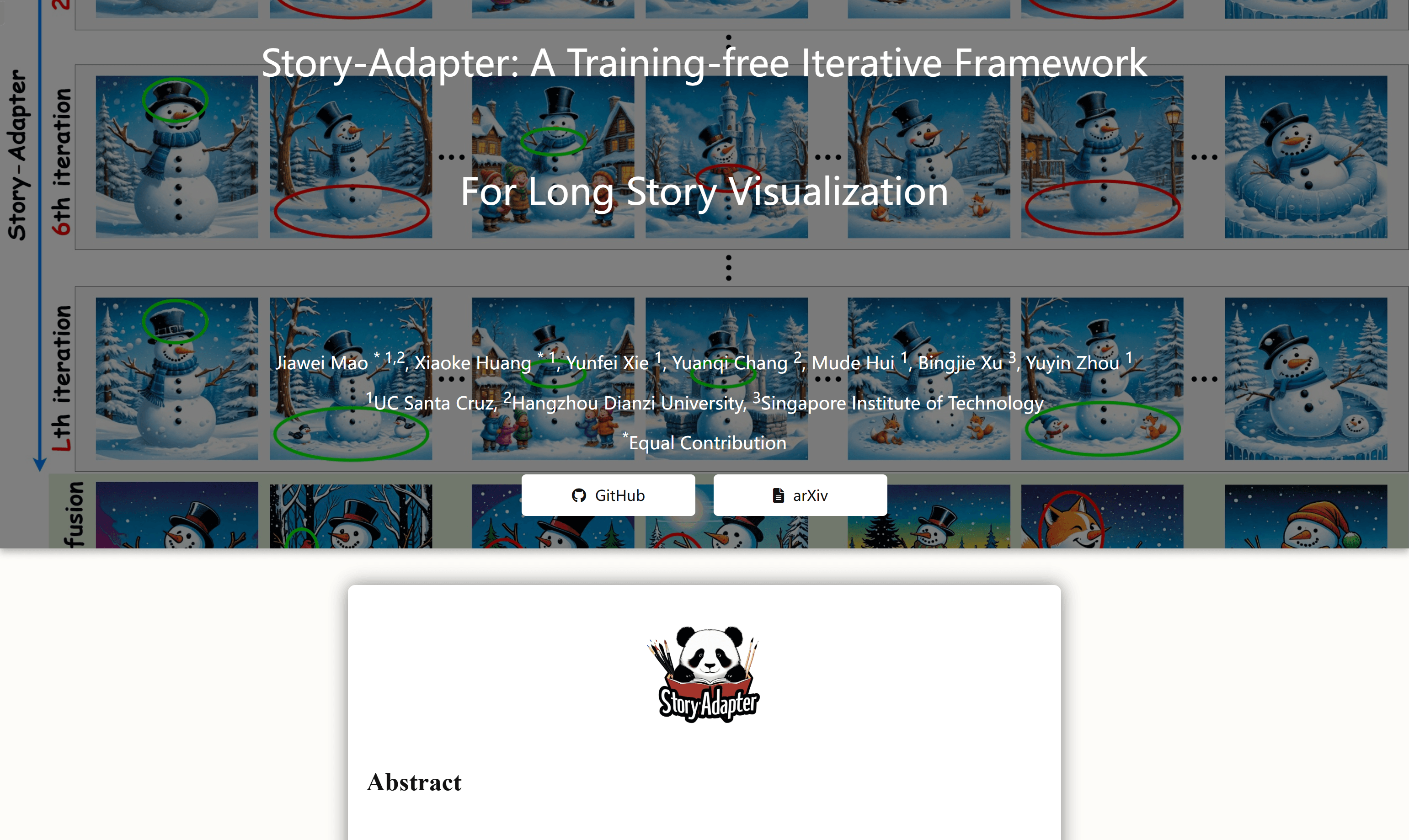




































![FLUX1.1 [pro]](https://pic.chinaz.com/ai/2024/10/08/202410081033531725.jpg)







